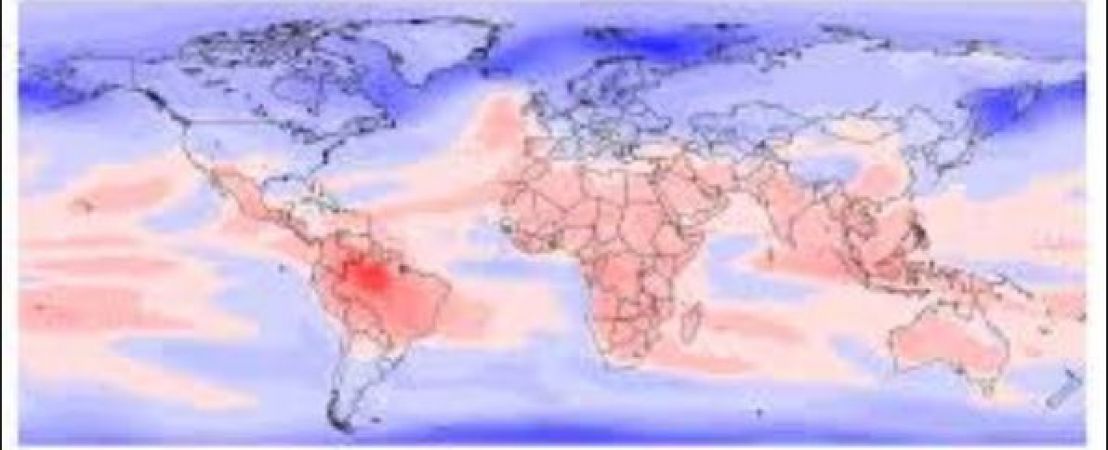
New York: Finds a new study from the Massachusetts Institute of Technology (MIT) that by the end of 21st century, Owing to climate change surface of the oceans will change colour leading our blue planet to look visibly altered, The findings showed that climate change has been significantly affecting phytoplankton -- the tiny sea creatures -- in the world's oceans, which will lead to the change in colour -- intensifying its blue and green regions.
While the study said the blue regions, such as the subtropics, will turn shades darker, reflecting even less phytoplankton -- and life in general -- in those waters. Some regions that are greener now, such as near the poles, may turn a deeper hue, as warmer temperatures brew up more diverse phytoplankton.
The study reported in the journal Nature Communications said climate change was already changing the makeup of phytoplankton, and by extension, the colour of the oceans and the colour of the blue planet. The oceans appear blue because water molecules alone absorb almost all sunlight except for the blue part of the spectrum, but with an organism in the ocean, phytoplankton, for instance, the pigment in it will absorb less in the green portions and reflect more green light. For the study, the researchers developed a global model that simulates the growth and interaction of different species of phytoplankton.
also read High Alert! Two-thirds of Himalayan glaciers could melt by 2100
When they increased the global temperatures by up to 3 degrees Celsius by 2100, they found that wavelengths of light in the blue or green wave band responded the fastest. Dutkiewicz observed that this blue or green wave band showed a very clear signal, or shift, due specifically to climate change.